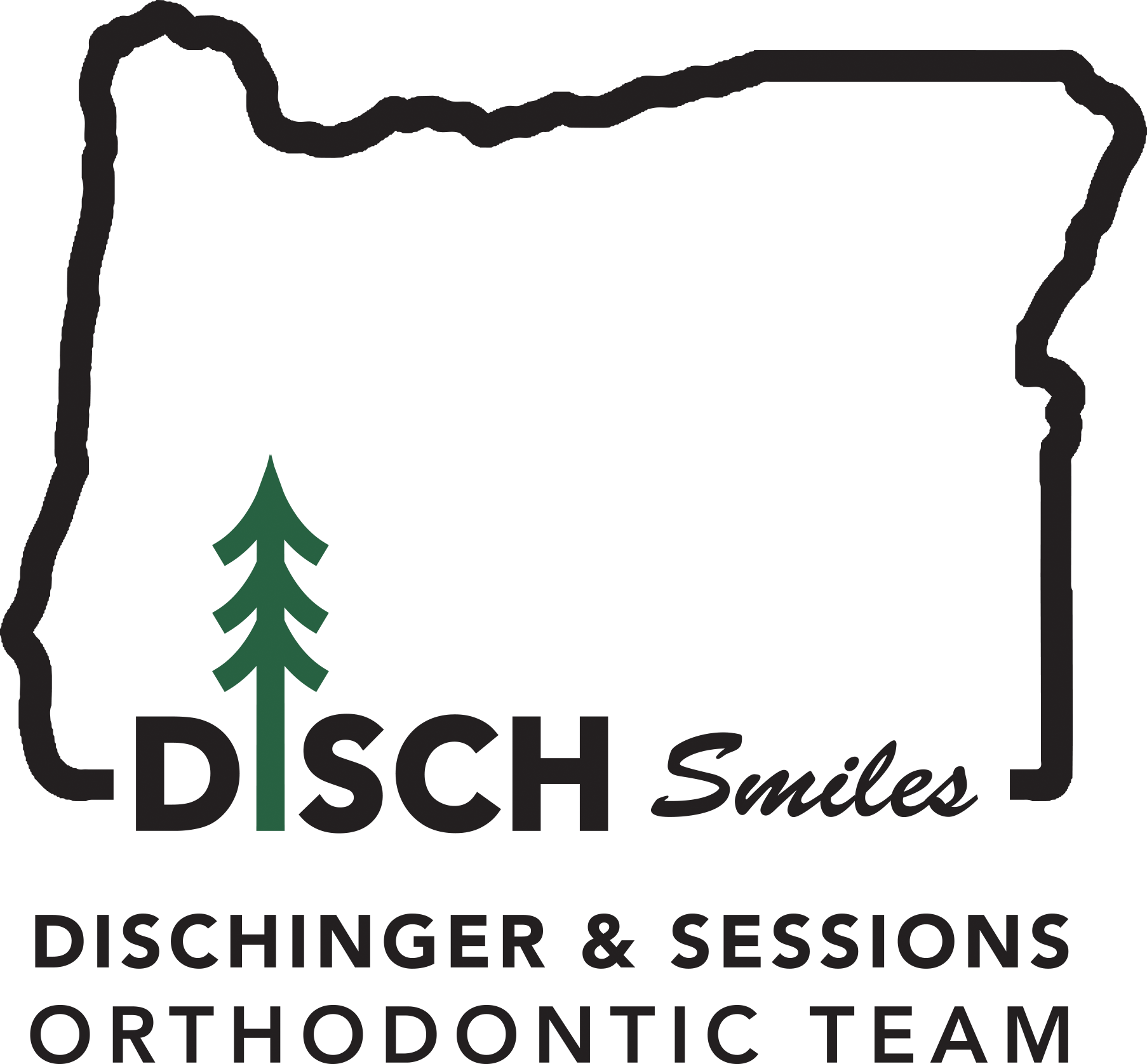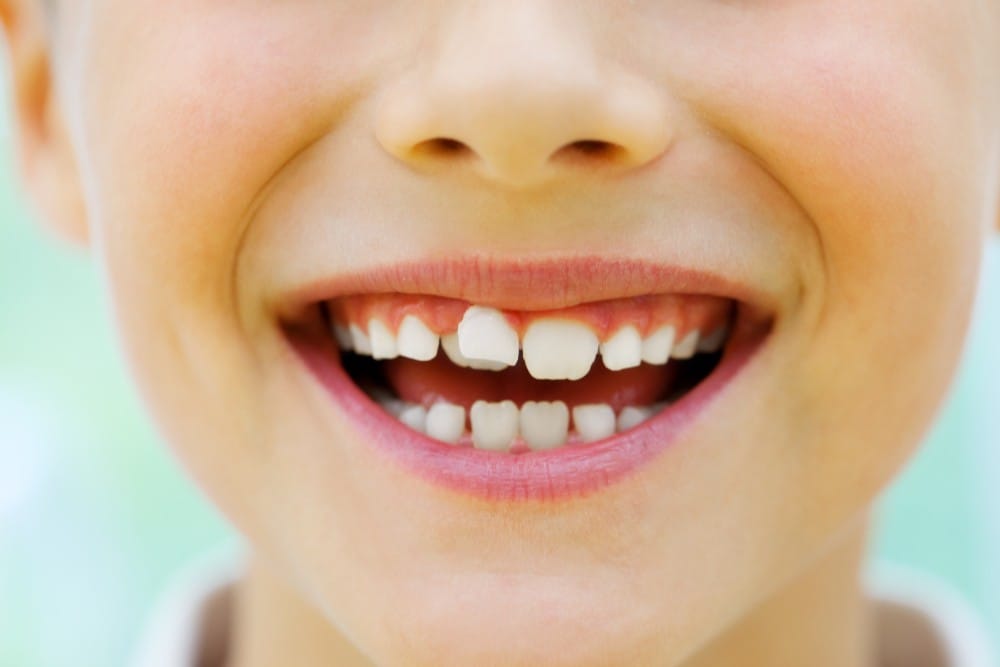When it comes to ensuring your child is happy and healthy, you’d do anything. You would read any book, take all the credible advice you can and try to be as informed as you can. We all know how important healthy teeth are and we all have a base understanding of how crooked teeth can negatively impact someone.
Learning about common causes of crooked teeth in children may help you find resources you need to correct the issues or help you decide when to see an orthodontist.
What are the common causes of crooked teeth in children?
When it comes to what can cause crooked teeth or malocclusions in children there are a variety of factors that come into play.
Including:
- Hereditary and genetics
- Thumb sucking
- Myofunctional disorders or tongue thrust
For some of these we cannot troubleshoot (i.e genetics), but for the other two we can explore them a little more in-depth.
Thumb Sucking
Thumb sucking or finger sucking are common behaviors in babies and toddlers. Usually this self-soothing method is fine but thumb sucking beyond a certain age can lead to serious problems with your child’s teeth and jaw.
If your child is still sucking their fingers or thumb past age 5, this can cause the need for extensive orthodontic intervention later on in life. Some of the issues that can arise from thumb sucking include.
- Protruding Upper Front Teeth
- Open bite (when the jaw isn’t aligned and the teeth don’t rest on top of each in a closed resting position)
- Crossbite (when some teeth on the top sit behind the teeth on the lower jaw)
- Depressed Incisors
Ways to remedy thumb or finger sucking
Some of the ways to remedy thumb sucking is to try positive reinforcement, talking with your child is always the go-to option. This will allow you to have an open conversation with your child to help them want to quit thumb sucking. Another method is identifying the triggers and interrupting them with other activities or providing alternatives.
Myofunctional disorders or Tongue thrust
Myofunctional disorders are centered around the tongue and facial muscles, specific to swallowing and chewing. Correct swallowing depends heavily on the relationship between the face, mouth and throat. Orofacial myofunctional disorders (OMD) or as it’s commonly known as tongue thrust is when the tongue is pressed against or between the front or side teeth as a child swallows.
Usually by age 6, most children will adapt to a normal and more efficient swallowing pattern that involves pushing the tip of the tongue against the roof of the mouth. If this doesn’t happen, abnormal pressure is then applied to the teeth and jaws which can lead to malocclusions, bad bites or abnormal jaw development.
How can you treat tongue thrust?
Myofunctional therapy is used to help correct tongue thrust. The practice is dependent on the individual case but will involve training the tongue into its proper position and coordinating the muscles in the mouth to work together properly.
Early prevention is key when it comes to treating and correcting tongue thrust. Regular check-ups are imperative to ensure good development and can allow enough time to intervene if necessary.
In the end…
If you have any concerns about your child’s teeth, it’s best to consult a professional. They are the only ones with enough education and means to identify and correct any issues.


